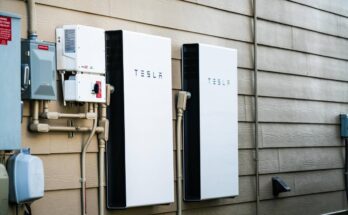The European Union on Friday said it will stick to its timeline for implementing its landmark AI legislation, in response to a concerted effort by over a hundred tech companies to delay the bloc’s AI rules, Reuters reported.
Tech companies from across the world, including giants like Alphabet, Meta, Mistral AI and ASML have been urging the European Commission to delay rolling out the AI Act, saying it will hurt Europe’s chances to compete in the fast-evolving AI arena.
“I’ve seen, indeed, a lot of reporting, a lot of letters and a lot of things being said on the AI Act. Let me be as clear as possible, there is no stop the clock. There is no grace period. There is no pause,” the report cited European Commission spokesperson Thomas Regnier as saying.
A risk-based regulation for applications of artificial intelligence, the AI Act bans a handful of “unacceptable risk” use cases outright, such as cognitive behavioral manipulation or social scoring. It also defines a set of “high-risk” uses, such as biometrics and facial recognition, or AI used in domains like education and employment. App developers will need to register their systems and meet risk and quality management obligations to gain access to the EU market.
Another category of AI apps, such as chatbots, are considered “limited risk” and subject to lighter transparency obligations.
The EU started rolling out the AI Act last year in a staggered fashion, with the full rules coming into force by mid-2026.



